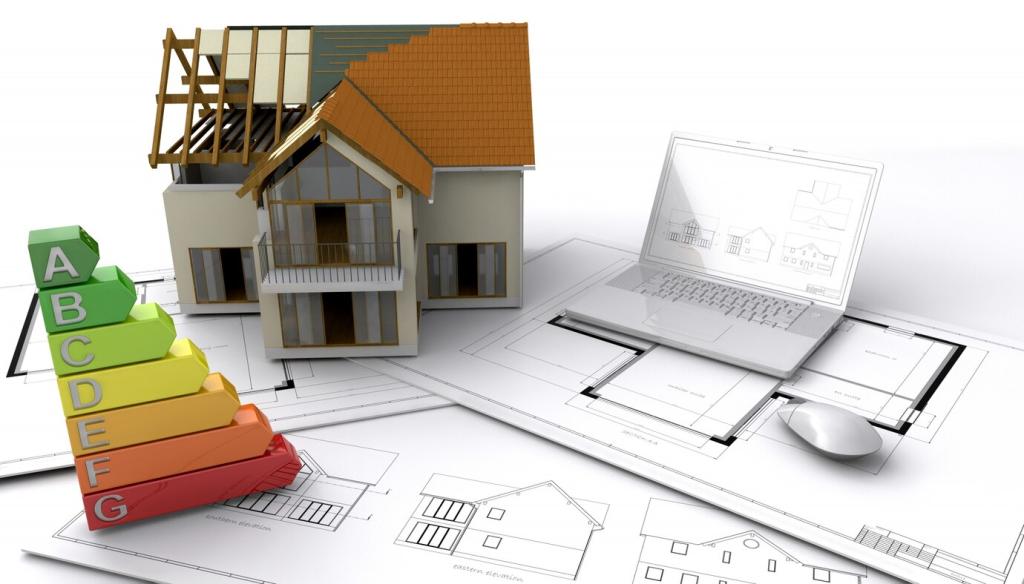
Low-Impact Remodeling: Tips and Tricks
Low-impact remodeling is all about enhancing your living space in a way that minimizes environmental harm, reduces waste, and respects the existing structure of your home. By making conscious choices in design, materials, and process, you can create a space that feels fresh and functional without unnecessary demolition or disposal. This approach not only supports sustainability but often saves time and money, making it accessible for households that seek transformation while treading lightly on the planet.
Planning for a Low-Impact Remodel

The first step in planning a low-impact remodel involves carefully analyzing your space and identifying your objectives. Consider which areas truly require renovation and which ones can remain untouched or be refreshed with minimal intervention. Brainstorm ways to solve problems creatively, whether it’s improving functionality, aesthetics, or comfort. By narrowing your focus, you conserve resources and avoid making unnecessary changes. Setting clear goals from the outset makes it easier to measure success and stick to your commitments, ultimately reducing remodeling fatigue and project sprawl.
Reclaimed and Salvaged Solutions
Incorporating reclaimed or salvaged building materials is a hallmark of low-impact remodeling. From flooring and cabinetry to door hardware and fixtures, these pieces bring character and history to a space. Salvaged items prevent usable materials from being discarded and reduce demand for new resource extraction. When sourced locally, they also minimize transportation pollution. By considering their unique dimensions and finishes, you can design around these features, making each remodel truly one-of-a-kind and environmentally responsible.
Low-VOC and Nontoxic Finishes
Indoor air quality is crucial, especially in spaces where people live and work. Low-VOC (volatile organic compound) paints, stains, and adhesives contribute to a healthier indoor environment while reducing off-gassing and pollution. Nontoxic finishes are often plant-based or water-based and have made great strides in both performance and diversity of color or sheen options. By prioritizing such materials, you protect your family’s health and create a living space free from harmful chemicals, aligning comfort with sustainability.
Minimizing Waste and Maximizing Reuse
Deconstruction Over Demolition
Instead of tearing things out hastily, deconstruction involves carefully dismantling components so that they can be reused or recycled. Doors, windows, cabinetry, and fixtures can often be salvaged undamaged and put to use elsewhere, inside or outside your home. This method conserves valuable materials and significantly reduces waste compared to traditional demolition. It’s a more labor-intensive process but pays dividends in resource savings and extends the lifecycle of existing assets.
Repurposing and Upcycling Elements
Within a remodel, look closely at what you already have before buying new. Old doors can become headboards; surplus tiles may be used for a creative backsplash; leftover wood can be transformed into shelving. Upcycling allows you to inject personality and function into your space while maintaining a commitment to low-impact principles. These creative solutions often become conversation pieces, adding layers of meaning and sustainability to your remodeled home.
Smart Disposal and Donation
When materials truly cannot be reused within your project, prioritize responsible disposal. Metals, glass, and some plastics can be recycled, reducing the load on landfills. Donating fixtures or materials in good condition to local organizations extends the benefits of your remodel to the broader community. By thinking carefully about “waste,” you foster a cycle of reuse, reduce your environmental footprint, and help support a circular economy.
